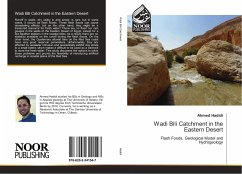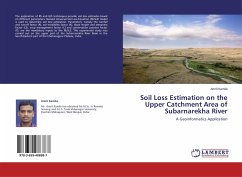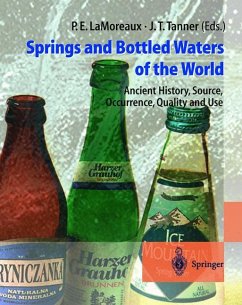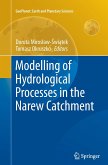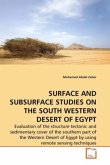Runoff in wadis -dry valley in arid areas- is rare, but in some cases, it occurs as flash floods. These flash floods can cause devastating effects, but on the other hand, they might be a treasured resource for fresh water! There are no flood nor rain gauges in the wadis of the Eastern Desert of Egypt, except for a few weather stations in the coastal cities. As a result, there are no statistics available on the runoff during the flash floods. On the other hand, the Quaternary alluvial fans on the Red Sea coast have very good reservoir parameters. Unfortunately, they are affected by seawater intrusion and sporadically exhibit clay strata to a small extent, which makes it difficult to be used as a bedrock to store the fresh water. This study discusses the options to solve these problems and proves the feasibility of introducing artificial recharge in coastal plains of the Red Sea.

